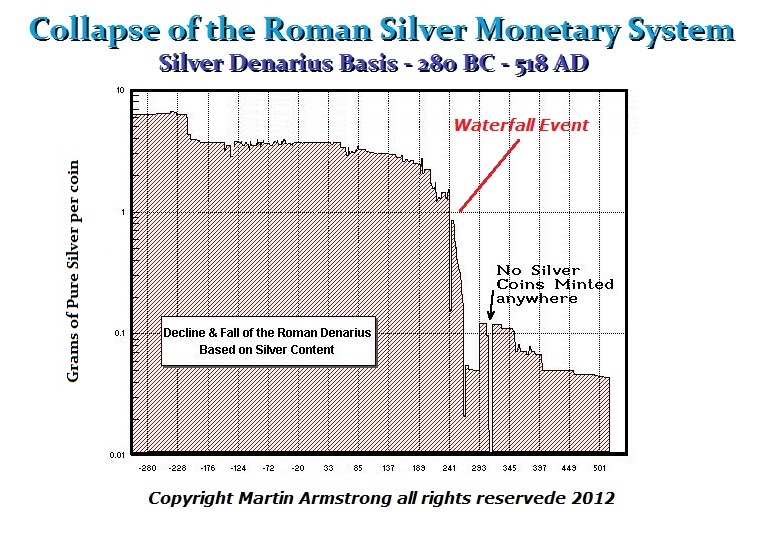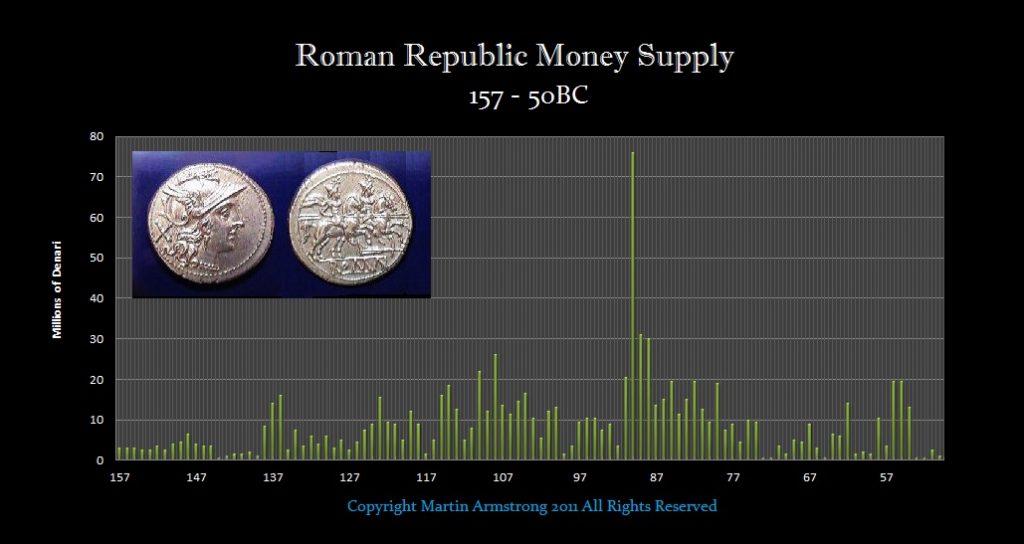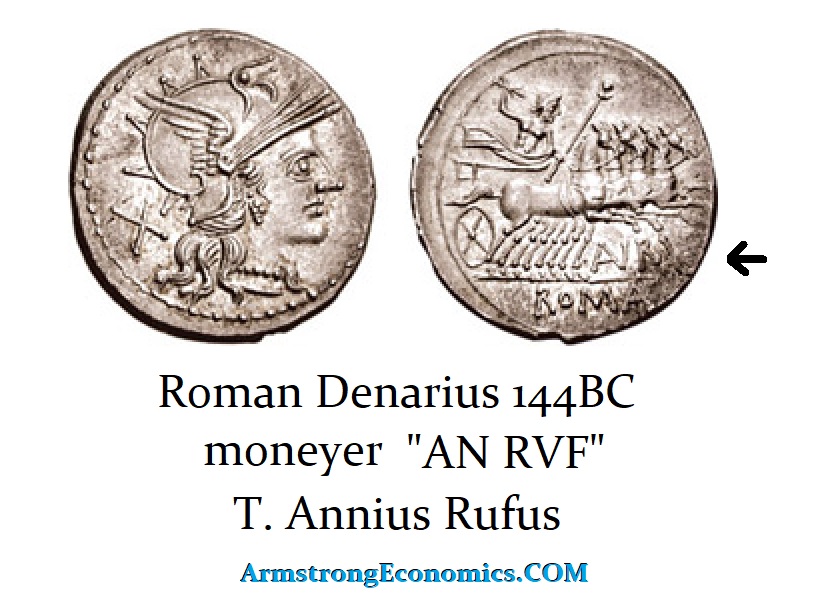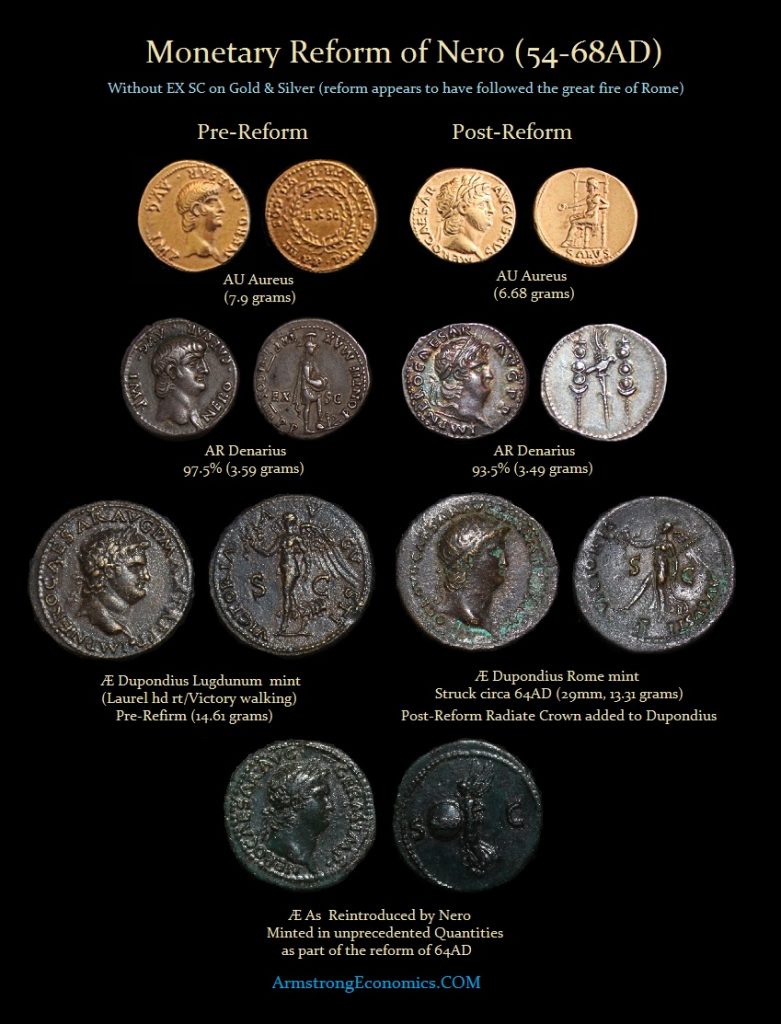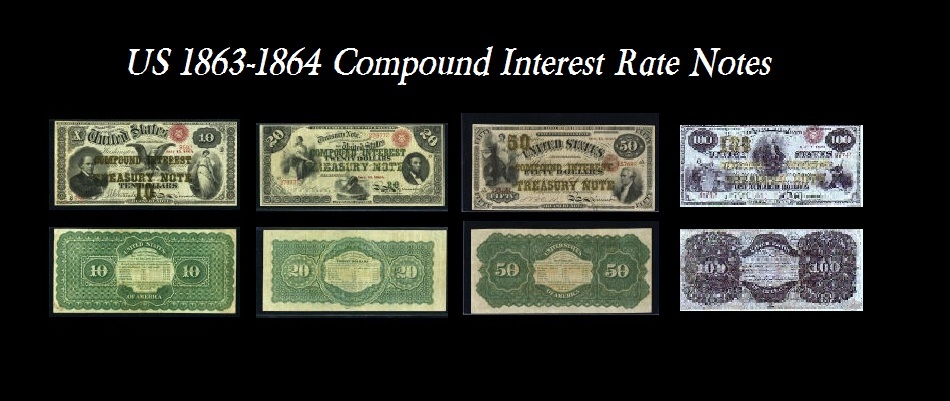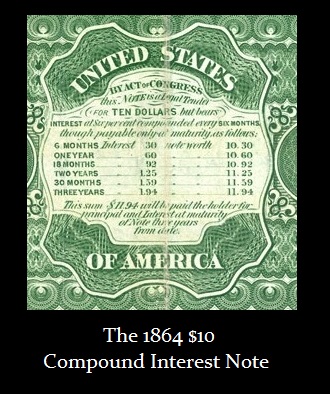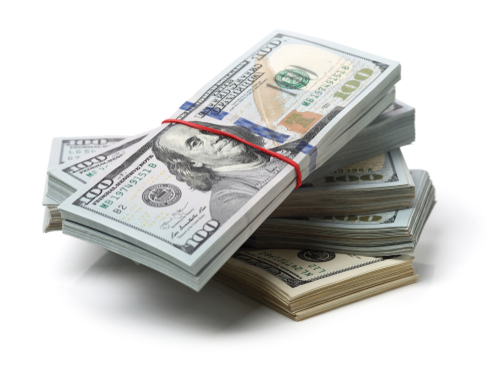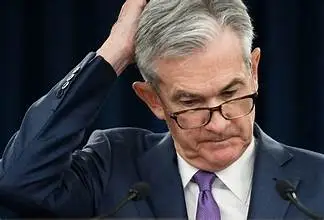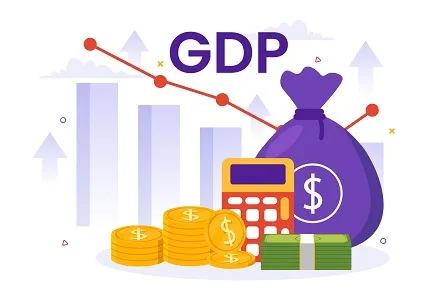QUESTION:
Dear Mr. Armstrong
Firstly, thank you for your insights and forecasting. I am not really in a position to properly capitalize on them, but all information is useful.
The Labour government of New Zealand is conducting a taxation review. They have called for submissions and although I realize mine won’t make a jot of difference to the outcome I will try.
In a recent blog, and more as a footnote than content, you alluded to a system whereby income taxation was abolished, and the government printed the money for it’s expenses. Would you please flesh the concept out a little with regard to the checks and balances and effect on foreign exchange?
I have spent some time thinking about an all-encompassing transaction tax to replace all taxes that are not punitive (eg. tobacco and alcohol). I assume you would think this terrible, but I have not read any arguments as to why this would be so, only “it would be terrible”.
Your thoughts on this would be most helpful and appreciated.
Kind Regards
R
ANSWER: The assumption that an increase in the money supply is the root of all inflation is simply a theory that does not stack up to history. If we look at the Roman Empire, between 241BC and 68AD, the death of Nero, the Roman monetary system for that segment of 309.6 years was incredibly stable. The government minted the coinage and used it to pay its expenses. In today’s terms, we would say the government just printed money rather than borrowing it. Indeed, the Roman government had no central bank nor did it have a national debt.
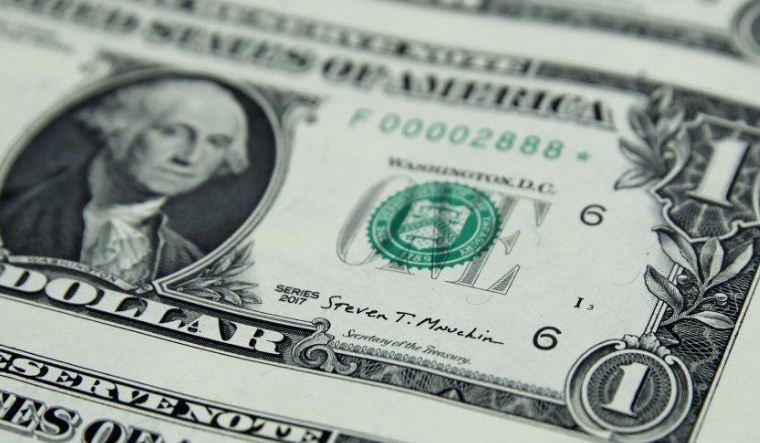 Because the coins were struck from dies that were made by hand, there are subtle differences that allow us to determine how many dies were in use at a given time. We know from testing how many coins can be struck from one die before it breaks on average. By multiplying that number by the known dies, we can then determine the introduction of new money into the economy took place on an annual basis.
Because the coins were struck from dies that were made by hand, there are subtle differences that allow us to determine how many dies were in use at a given time. We know from testing how many coins can be struck from one die before it breaks on average. By multiplying that number by the known dies, we can then determine the introduction of new money into the economy took place on an annual basis.
During the Republican period, there was a moneyer who was in charge of minting the coins and his initials were placed on the coins for that term of office. We still have this tradition today. Here is a new $1 bill with Steven Mnuchin’s signature as Secretary of the Treasury the same as the Roman coins were signed by their moneyer for that year. (see above denarius). Traditions from Rome remain in place still today with the signature of the treasurer being the moneyer.
The Roman denarius was the most secure currency in the world at that time for 309.6 years before any debasement begins under Nero in 64AD. The reason for that debasement appears to be linked to the Great Fire which destroyed much of Rome and the rebuilding costs were tremendous. Since there was no state borrowing, Nero began the debasement of the coinage reducing the weight of the gold Aureus and the silver was reduced from 97.5% purity to 93.5%. He was increasing the money supply by issuing more coins with the same amount of silver.
Therefore, all the research that I have conducted demonstrates that inflation is by no means tied to the increase in the money supply, which is the entire reason nations borrow today. They think borrowing rather than printing is less inflationary. That is not true if the debt can be used as money.
The debt they create is simply now used as collateral for loans and it is, therefore, increasing the money supply with a two-tier system whereby the debt is simply money that pays interest. That is actually how the United States reintroduced paper money to fund the Civil War. The entire term “Greenback” referred to paper money issued that no longer paid interest so all that was on the reverse was green ink and no table of interest payable on the currency depending on how long you held it. In other words, paper money was reintroduced in the USA as a form of circulating bond.
At times, the national debt of just about every major nation today has reached 70% of which is attributed to accumulative interest expenditures. As interest rates rise, the national debts will explode and because of this bogus theory of inflation tied to an increase in money supply, they will then raise taxes to try to reduce deficits. This will further create a Great Depression as deflation surges. The more people do not trust the government, the more they will hoard their wealth and fear to invest.
The ECB has engaged in quantitative easing for nearly 10 years without producing corresponding inflation. People will HOARD money if they have no faith in the future defeating the theory that an increasing in the money supply will produce inflation. Only when people no longer trust the government and flip believing that prices will rise, then they will spend the currency now for it will buy less tomorrow. It boils down to what people simply believe will happen tomorrow.
This entire crisis we face is very predictable yet there is nothing we can do to prevent it from crashing our economies. All hyperinflations take place when the confidence in government collapses.

